In today’s digital landscape, a website with unoptimized content is like a shop hidden in a dead-end alley; no one knows it exists! Optimising your content for search engines is the master key to attracting organic traffic and dominating the first page of search results. But how can you create content that both search engines and readers love?
This article unveils practical strategies and advanced techniques to help you climb the search rankings and deliver valuable, engaging content. If you want your website to be both compelling and effective, read on!
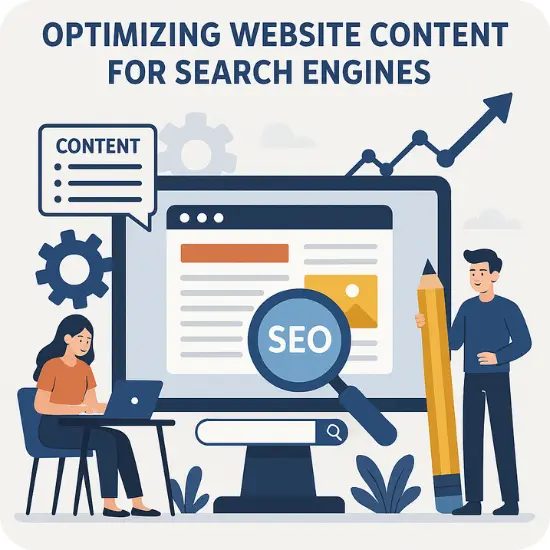
What is On-Page SEO and Why Is It Important?
On-page SEO is the art and science of optimising individual web pages to rank higher on search engines and drive organic traffic. It involves refining the content, HTML source code, and overall structure to ensure that search engines can easily understand the page’s purpose and value. A strong on-page SEO strategy aligns your content with users’ search intent, making it easier for search engines to determine your relevance.
Importance of On-Page SEO in Search Engine Rankings
On-page SEO is essential for dominating search results and attracting quality traffic. Search engines evaluate how well your page satisfies user intent by analysing content quality, keyword placement, meta tags, and more. A well-optimised page not only climbs search rankings but also offers valuable, engaging content that keeps users on your site longer. This increased engagement sends positive signals to search engines, improving your overall visibility.
How On-Page SEO Affects User Experience (UX)
A seamless user experience is key to effective on-page SEO. When your page loads quickly, adapts perfectly to different devices, and delivers clear, useful information, users are more likely to stay and interact. This reduces bounce rates and enhances engagement, which search engines interpret as a sign of valuable content. Optimising for UX means making your page intuitive, fast, and informative, exactly what both users and search engines want.
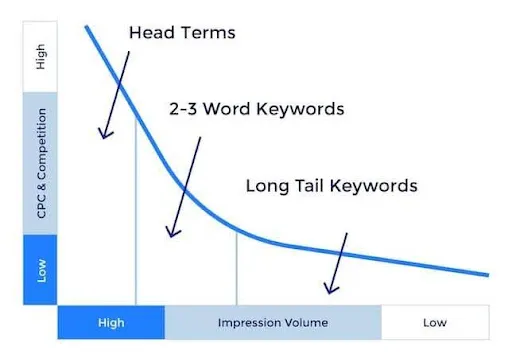
Understanding Search Intent
Imagine searching for a specific topic online. What exactly are you looking for? Search intent is all about understanding this question. Whether users want detailed information, compare options, make a purchase, or find a quick answer, your content must align perfectly. Matching search intent not only boosts your visibility on search engines but also ensures users stay engaged and satisfied. Creating valuable, intent-driven content is the key to winning both users and search engines.

Finding the Right Keywords
Effective keyword research goes beyond just picking popular words; it's about connecting with your audience. Start by identifying the terms and phrases your target users naturally use when searching. Prioritise long-tail keywords that reflect specific needs, as they often attract more qualified traffic. This approach helps your content reach users who are genuinely interested in what you offer.
Using Keyword Research Tools
The right tools can make or break your keyword strategy. Platforms like Google Keyword Planner and Ubersuggest offer powerful insights into search volume, competition, and keyword variations. Use these tools to uncover hidden opportunities, explore long-tail keywords, and create a strategy that balances high traffic and low competition terms. Proper keyword research sets the foundation for optimised, impactful content.
Analysing Keyword Difficulty and Volume
Not all keywords are created equal. Analysing keyword difficulty helps you understand how challenging it is to rank for specific terms. Aim for a strategic mix target highly competitive keywords for long-term growth and easier, low-competition keywords for quick wins. This balanced approach ensures consistent traffic and visibility over time.
Avoiding Keyword Stuffing and Over-Optimisation
Keyword stuffing is a shortcut that leads nowhere. Overloading your content with repetitive keywords feels unnatural and can hurt your SEO efforts. Instead, focus on natural language use, synonyms, related terms, and variations that make your content easy to read. Remember, search engines value context and quality over forced repetition. Prioritise user experience, and search engines will reward your efforts.
Crafting High Quality Content for SEO
Writing Engaging and Valuable Content
Creating content that resonates with readers is more than just sharing information; it's about connecting on a deeper level. Understand your audience’s pain points, answer their questions, and offer genuine solutions. The goal isn’t just to inform but to engage, inspire, and drive action.
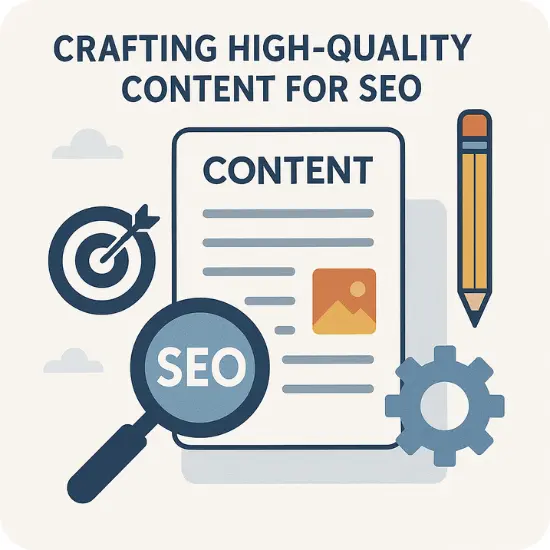
Creating Compelling Headlines and Meta Descriptions
Your headline is your first (and often last) chance to make an impression. It should grab attention, hint at the value inside, and include a primary keyword naturally. A persuasive meta description can reinforce this, summarising your content in a way that drives clicks.
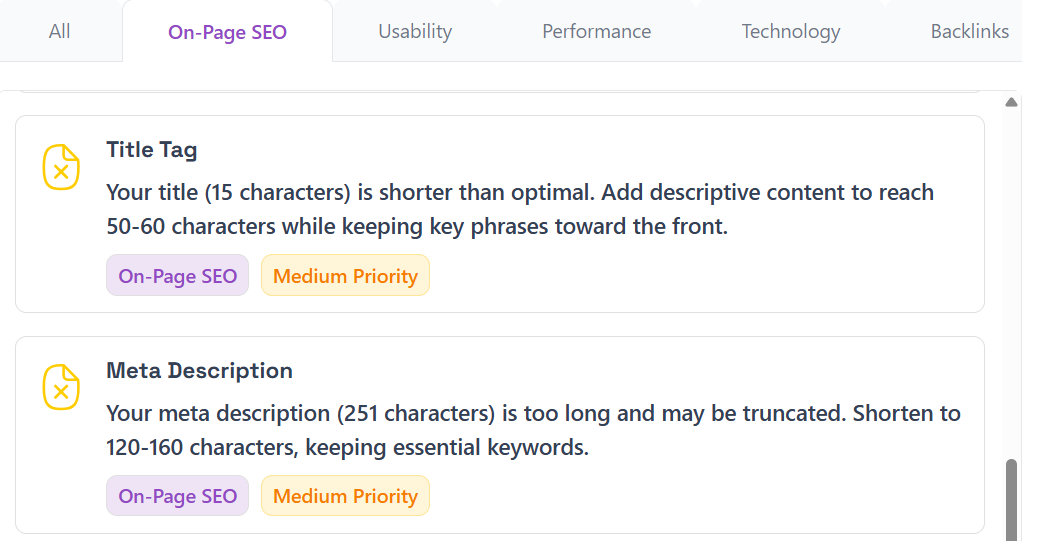
Best Practices for Click-Worthy Titles
- Use numbers, questions, or action words.
- Keep it under 60 characters.
- Make it intriguing but genuine.
A powerful title pulls readers in. Don’t waste the opportunity!

Optimising Content Length and Readability
SEO isn’t just about length, it's about depth. Cover your topic thoroughly but avoid fluff. Break content into sections, use concise sentences, and keep paragraphs short. A conversational tone keeps users engaged and coming back for more.
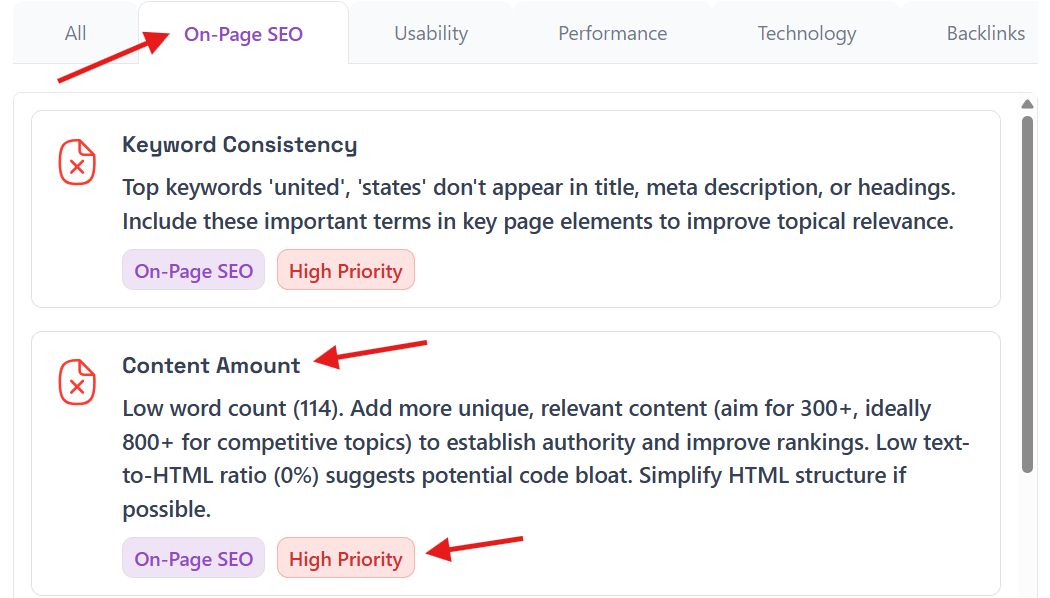
On-Page SEO Techniques
Proper Use of Heading Tags (H1 to H6)
Headings aren’t just for visual appeal; they’re a roadmap for readers and search engines. Using heading tags (H1 to H6) correctly helps search engines understand your content hierarchy, boosting SEO. Start with a clear and descriptive H1, and use H2 to H6 to organise information logically.
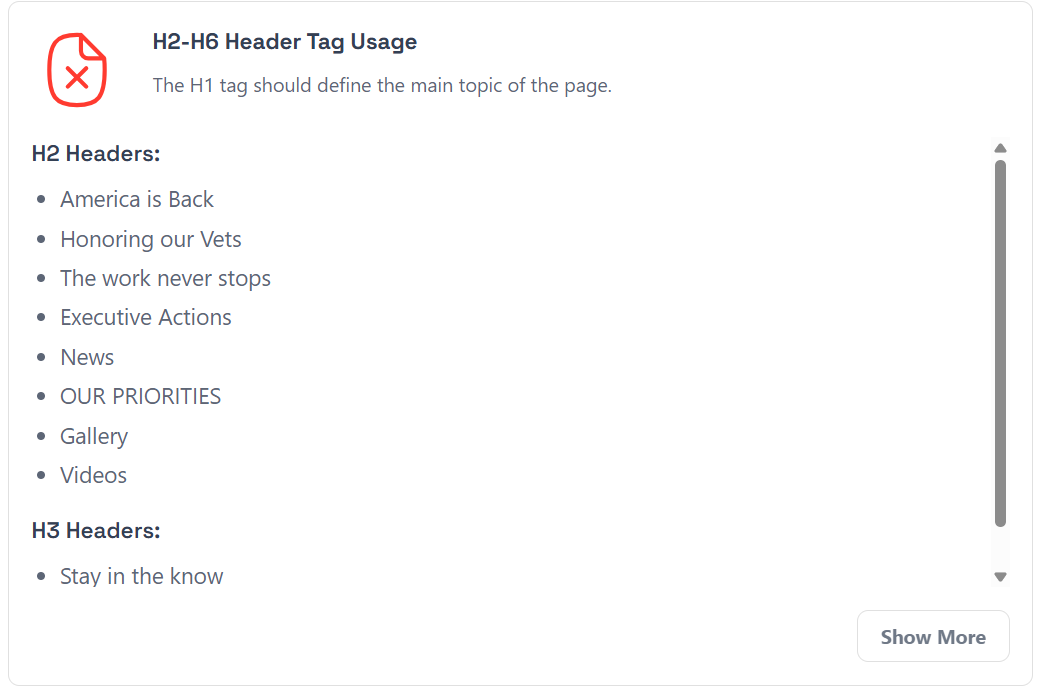
Structuring Content for Readability and SEO
Break down long content into bite-sized sections with clear, concise subheadings. This makes your article scannable and reader-friendly, improving dwell time and SEO performance.
Image Optimisation for SEO
Images can make or break your page load speed and SEO performance. Properly optimised images enhance the user experience while keeping search engines happy.
Using Descriptive Alt Text and File Names
Alt text isn’t just for accessibility, it’s a chance to tell search engines what your image represents. Use descriptive, keyword-rich alt text and file names to help search engines index your images. Avoid stuffing keywords and keep it natural.
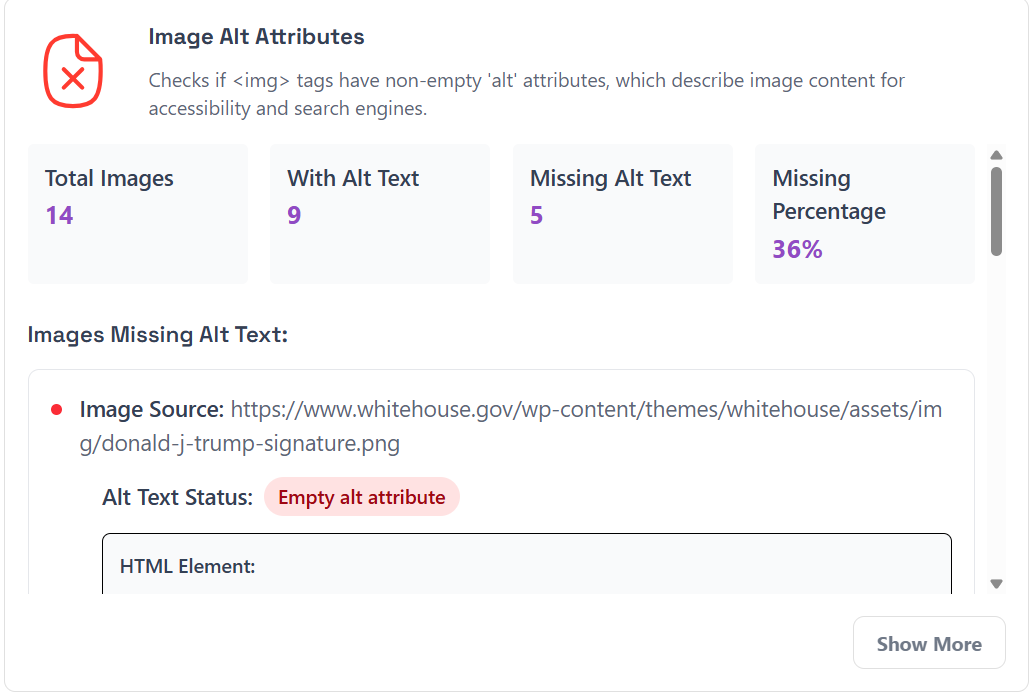
Compressing Images for Faster Load Times
Large images can slow down your website and hurt your rankings. Use image compression tools to reduce file size without losing quality. For best results, use modern formats like WebP.
Internal Linking Strategies
Internal links guide users to valuable content on your site, improving engagement and SEO. They help search engines crawl your site more efficiently and distribute link equity across pages.
Improving Site Navigation and Link Equity
Use descriptive anchor text for internal links to give readers context. Avoid using generic phrases like “click here.” Strategically link to important pages to strengthen their authority.
External Linking to Authoritative Sources
Linking to credible external sources adds value, builds trust, and improves your content’s authority. Make sure your outbound links are relevant and come from reputable sites. Avoid excessive external linking, as it can dilute link equity.
Ensuring Technical On-Page SEO
Optimising Page Load Speed
A fast-loading website is not just a luxury, it's a necessity for both users and search engines. Slow page speeds can frustrate users, increase bounce rates, and ultimately harm your rankings. Implement techniques like browser caching, image compression, and minifying CSS/JavaScript files to ensure lightning-fast performance.
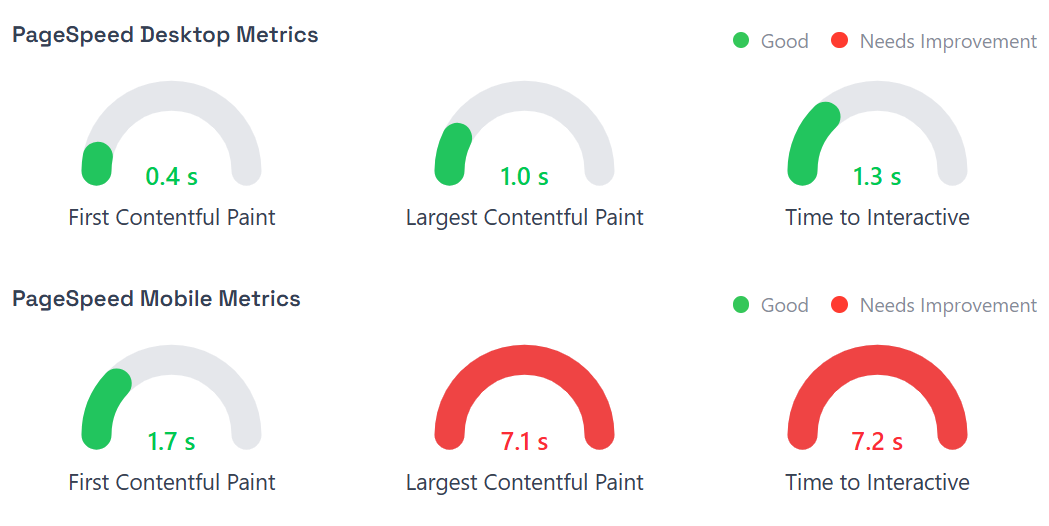
Implementing Schema Markup and Structured Data
Adding structured data and schema markup helps search engines understand your content better and display rich snippets in search results. By using JSON-LD, Microdata, or RDFa, you can highlight details like product prices, reviews, and event dates, making your content more appealing and informative.
Creating an SEO Friendly URL Structure
A clean, descriptive, and keyword-rich URL structure is vital for SEO success. Avoid long, complex URLs and focus on creating short, memorable, and relevant URLs that indicate the page’s content. For example, use "/seo-basics" instead of "/category1/item12345".
Measuring and Analysing Content Performance
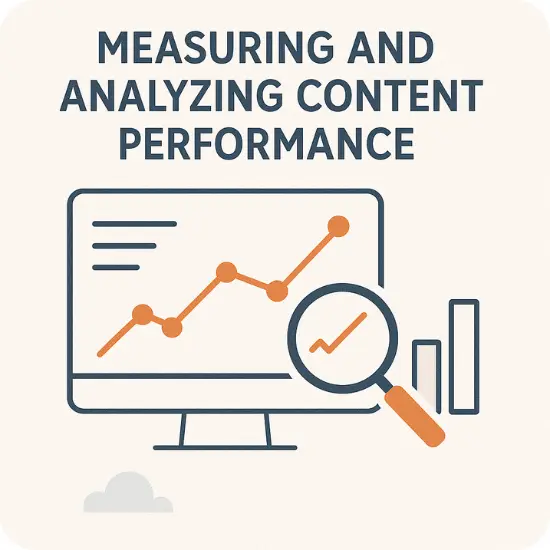
Using Google Analytics and Search Console
To make your on-page SEO truly effective, you need more than guesswork; you need reliable data. Google Analytics and Google Search Console are your go-to tools for understanding how users interact with your website. They provide insights into organic traffic, user behaviour, search queries, and indexing issues. By consistently monitoring these tools, you can identify trends, fix issues, and refine your content strategy for better rankings.
Tracking Organic Traffic and Engagement Metrics
Tracking performance metrics like organic traffic, bounce rate, session duration, and pages per session is crucial. For example, if you notice a high bounce rate, it could signal irrelevant content or a poor user experience problem that can be addressed by refining your on-page SEO.
Summary
Optimising website content for search engines is about more than just ticking off SEO checklists; it's about crafting valuable, engaging, and user-focused content that search engines love. In this guide, we explored the key elements of on-page SEO, from understanding search intent and conducting in-depth keyword research to creating high-quality content and leveraging technical SEO techniques. By mastering these strategies, you can drive consistent organic traffic, elevate your search rankings, and deliver a seamless user experience. Continuously analysing your site's performance and refining your approach is the key to long-term SEO success.
